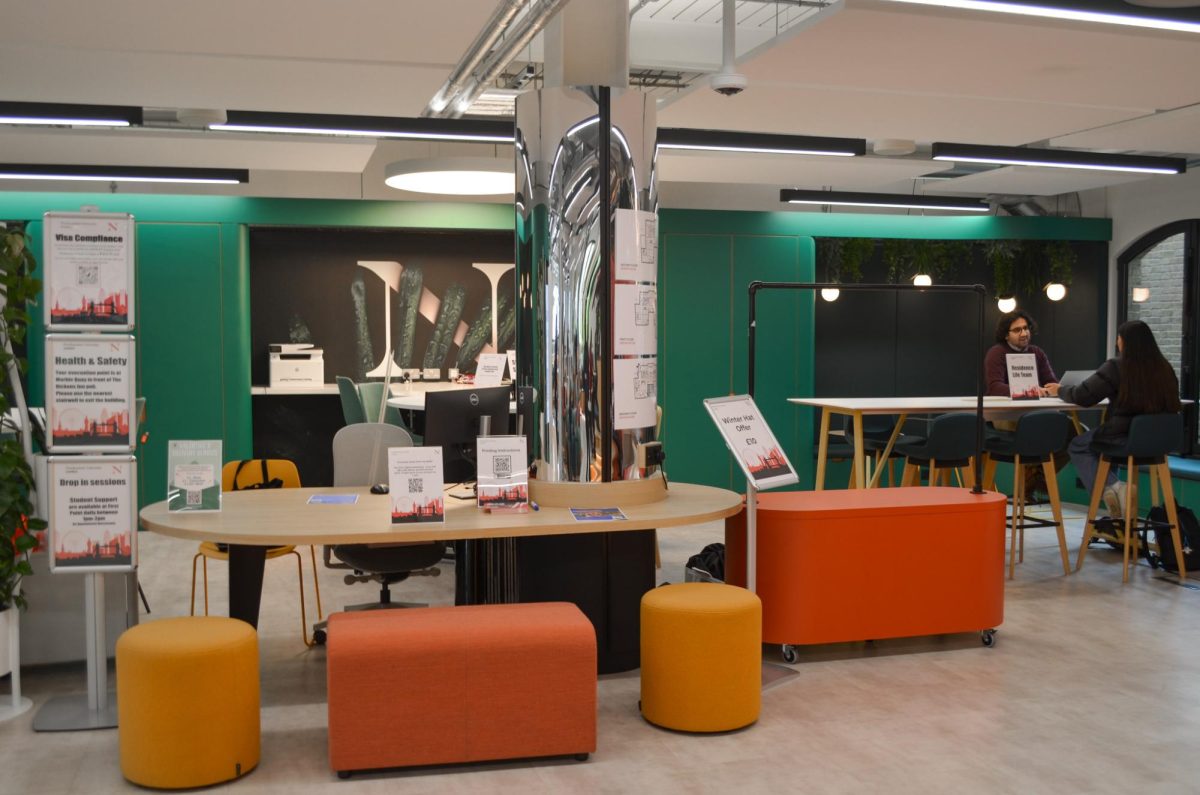First there was the rowboat. Then the sailboat. Now propelled by gasoline, myriad high-powered machines clip across the sea, and some Northeastern students are part of the next evolutionary step of the boat.
The American Society of Mechanical Engineers (ASME) is preparing to build a boat that will use only solar energy for power.
“This year’s leadership of the American Society of Mechanical Engineers student section at NU wanted to add a new activity, where they build something and make a positive impact on society,” said Sinan Muftu, associate professor of mechanical and industrial engineering and faculty advisor to the group.
The group wanted to do more than listen to lectures and participate in workshops as they usually do. This desire led the group to discover the Solar Splash competition.
Solar Splash is an international intercollegiate competition that started in 1994 and takes place over five days in June in Fayetteville, Ark. To ensure they have enough time to thoroughly plan and execute a solar boat project, the group is preparing for the 2008 competition.
Besides the allure of competition, the group has environmental motives for creating a solar-powered boat.
“With this competition we could promote renewable energy resources,” said Alex Orsi, a sophomore mechanical engineering major and member of ASME. “As oil becomes more expensive and the advent of global warming becomes more apparent, we think this is the future of mechanical engineering.”
They are far along in preparing a business plan that they will present to potential external sponsors and to the College of Engineering.
“We think General Electric will sponsor us because they think they can show the public the practicality of the solar panels, which they sell,” said Kareem Ghobrial, a sophomore mechanical engineering major and chairmen of ASME.
ASME is currently unsure of when they will know who their definite sponsors are.
The competition restricts boat size to 19 feet long, 8 feet wide and 5 feet tall. A single person operates the boat. Teams are limited to 70 pounds of marine batteries and can have 400 solar cells with a 480-watt maximum.
The way the solar panels are arranged is a determining factor in the potential speed of the boat, said Matt Jamula, a sophomore mechanical engineering major and member of ASME. Efficiency can be achieved by changing the angles of the panels to maximize the light flux, Jamula said.
Besides powering a motor, the solar waves also enable different control systems like navigation and telemetry (a monitor of energy being used), Orsi said.
Points are earned in seven categories, starting with technical reports submitted at the beginning of May. Technical inspections take place on the first day of competition.
The next four days are occupied by five on-the-water events, which begin with a Sprint and a Maneuverability qualifier. This is followed by the Solar Slalom, which test a combination of speed and maneuverability.
The final two days are devoted to the Sprint and Endurance events.
The Solar Splash entry fee is $500, and the amount spent on materials – solar cells, a motor, marine batteries, etc. – varies.
“Some teams have just bought racing canoes and won the competition for $800,” said Jeffrey Morehouse, director of Solar Splash. “We do have some teams spend upward of $10,000 building a wonderful hull.”
The typical first-year team spends about $3,500 to $4,000 preparing for the competition, Morehouse said.
“We think it is going to be at least $10,000 including the boat, transportation to the competition, materials and testing,” Ghobrial said. “We really need help from sponsors.”
ASME hopes their involvement in the competition will launch state-wide involvement.
“Hopefully this will introduce more schools in the Boston area to the idea,” Ghobrial said. “Then, maybe Boston could host the competition. This is a long-term goal.”
The group meets every Thursday at 7:30 p.m. in West Village F and is looking for new members, Orsi said.
“This activity fills in several needs that our highly motivated students have: the desire to integrate mechanical engineering principles into a system that they build and a desire to make a contribution to the energy resource crisis that we are likely to face in our lifetimes,” Muftu said.
Interested Northeastern students can contact Orsi at orsialex@gmail.com.









